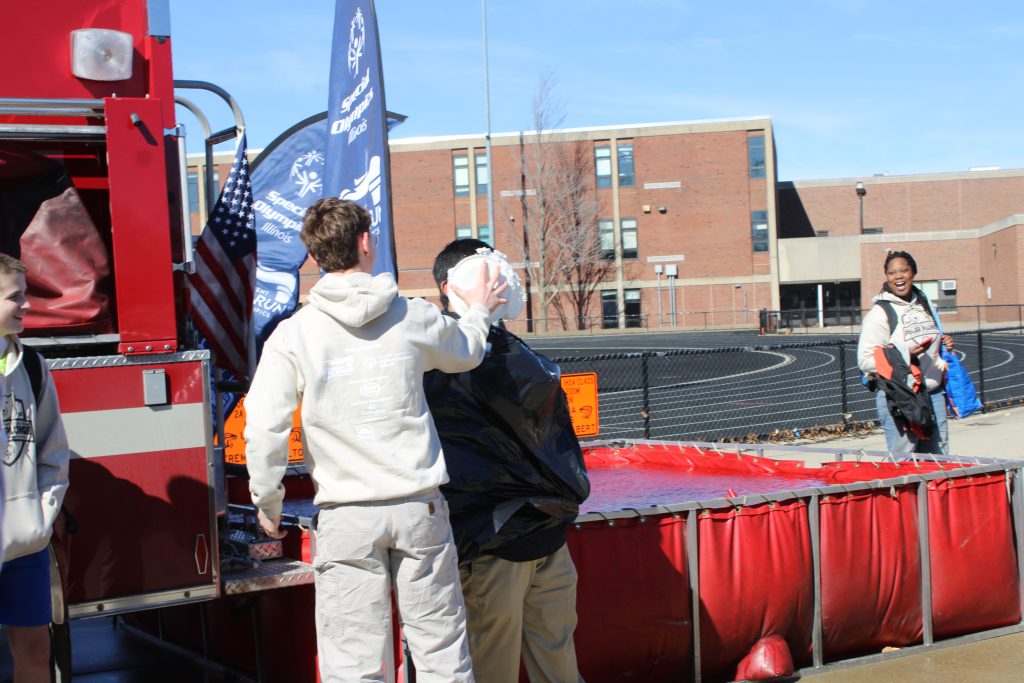US Fight Against Terrorist Group ISIS Begins
The fight against the terrorist group ISIS (The Islamic State in Iraq and Syria) was formally initiated Wednesday. Sep. 10 when President Barack Obama’s address to the nation. While ISIS poses an indisputable threat to those combatting terrorist organizations and threats, its possible eradication is far more minimal than that of its predecessor Al Qaeda. Numerically speaking, ISIS cannot compare to al Qaeda in its amount of supporters, Sunni-affiliates or otherwise, its enrooted commodities, and its overall breadth of terrorist influences.
ISIS has recently been in the media spotlight due to its two viral videos of the beheadings of two American journalists, James Foley and Stephen Sotloff, in cold blood. Even more recently, however is the video ISIS released Saturday, September 13th of British aid worker David Haines being beheaded, and the video released Thursday, September 18th of the most recent hostage, UK press photojournalist John Cantlie. The video shows Cantile delivering a propaganda message regarding his fate and attempting to force the U.S. and England to change their policies for hostage situations. Recent video releases resemble each other in many similarities, including the location (believed to be in the Syrian province of Raqqa), the executioner, the victims’ apparel, and the message given to ISIS’s enemies by the terrorist: a warning to America and its allies.
In a homeland reactionary measure, a media blackout was issued by Britain and The United States, although its effectiveness is under debate. The greater goal of it is, of course, to undermine ISIS’s power and their overall terror, although many argue the censorship does just the opposite, according to Jamie Dettmer for the Daily Beast. By forbidding ISIS’s release of any information it actually gives them more influence over us when they do decide to air more propaganda, such as how much information they divulge and the circumstances surrounding its release. In addition to the opposition’s disdain for this decision, the unhappiness of loved ones who are not always aware of the state of the American and British affiliates being held by ISIS. By allowing ISIS to freely give the U.S. and Britain information, many argue that London and Washington can then truly focus on destroying this terrorist organization and saving its captives.
Besides the more public combatant strategies, however, are those announced by President Obama in his address Wednesday night.
“First, we will conduct a systematic campaign of airstrikes against these terrorists…Second, we will increase our support to forces fighting these terrorists on the ground…Third, we will continue to draw on our substantial counterterrorism capabilities to prevent ISIL attacks…Fourth, we will continue providing humanitarian assistance to innocent civilians who have been displaced by this terrorist organization,” said the President.
The President also stressed the importance of Iraq’s newly inclusive government’s involvement, and it is an indisputably vital aspect of this fight. Thus, coinciding with the address was the arrival of U.S. Secretary of State John Kerry in Baghdad, Iraq, where he met with Shiite Prime Minister Haider al-Abadi.
“American power can make a decisive difference, but we cannot do for Iraqis what they must do for themselves, nor can we take the place of Arab partners in securing their region,” the President said during his address.
The President was quite assertive regarding the overall success of his plan of action and the destruction and degradation of ISIS. With the aid of congressional support along with help Syrian and Iraqi officials, the President believes this is a conflict that the United States can conclude.
Earlier this week, the President spoke that the although he feels that the attacks have been a success, that the power and influence of these groups is greater than what the American forces had anticipated.









